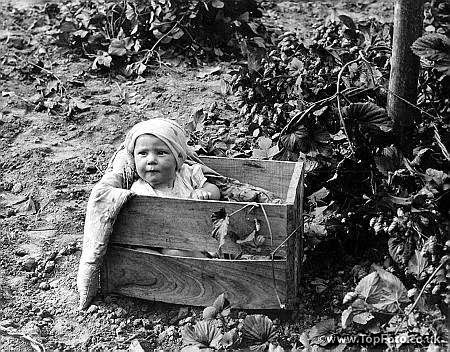“Topham belongs right in the centre of a long tradition in British
photography, a documentary tradition that combined a certain hard-headed
practicality with the depiction of a broad spectrum of contemporary reality.
Topham was unusually concerned with documenting certain aspects of British
experience (both urban and rural workers, for instance) and the fact that he
was able to do so while remaining commercially viable says a lot about how the
market has changed.”
Rob Powell, British Journal of Photography
John Topham’s legacy, the founding collection of TopFoto image library, is over 120,000 negatives of superb social history capturing the disappearance of rural life as the South East of England began to disappear under a swathe of concrete. The Arts Council of England funded a touring exhibition of his work, Memory Lane, curated by the Impressions Gallery in York, and his work is significant to the Imperial War Museum and the Museum of Rural Life, amongst others. Topham began as a policeman in the East End of London in the 1920s. When he sold his first picture for the equivalent of a week’s wage, he quit the Force and from 1931-1973 he photographed, as he put it, the “little things of life – the way it really was”.
Publications include:
John Topham started many books – but always dropped the manuscripts to race to the next great picture.
In 2009 the Imperial War Museum published Outbreak, with Topham’s picture on the cover which was originally published in Life Magazine and credited as being “the most human picture of the War”.
Rob Powell, British Journal of Photography
John Topham’s legacy, the founding collection of TopFoto image library, is over 120,000 negatives of superb social history capturing the disappearance of rural life as the South East of England began to disappear under a swathe of concrete. The Arts Council of England funded a touring exhibition of his work, Memory Lane, curated by the Impressions Gallery in York, and his work is significant to the Imperial War Museum and the Museum of Rural Life, amongst others. Topham began as a policeman in the East End of London in the 1920s. When he sold his first picture for the equivalent of a week’s wage, he quit the Force and from 1931-1973 he photographed, as he put it, the “little things of life – the way it really was”.
Publications include:
John Topham started many books – but always dropped the manuscripts to race to the next great picture.
In 2009 the Imperial War Museum published Outbreak, with Topham’s picture on the cover which was originally published in Life Magazine and credited as being “the most human picture of the War”.
John Topham worked continually from 1931 to 1973,
photographing the ‘little things of life – the way it really was’. His
awareness of the great environmental change that was occurring and his passion
for rural life placed him in an ideal place to capture a changing Britain using
his mastery in the art of photography. 1.topfoto
All images © John Topham


















.jpg)




Nessun commento:
Posta un commento